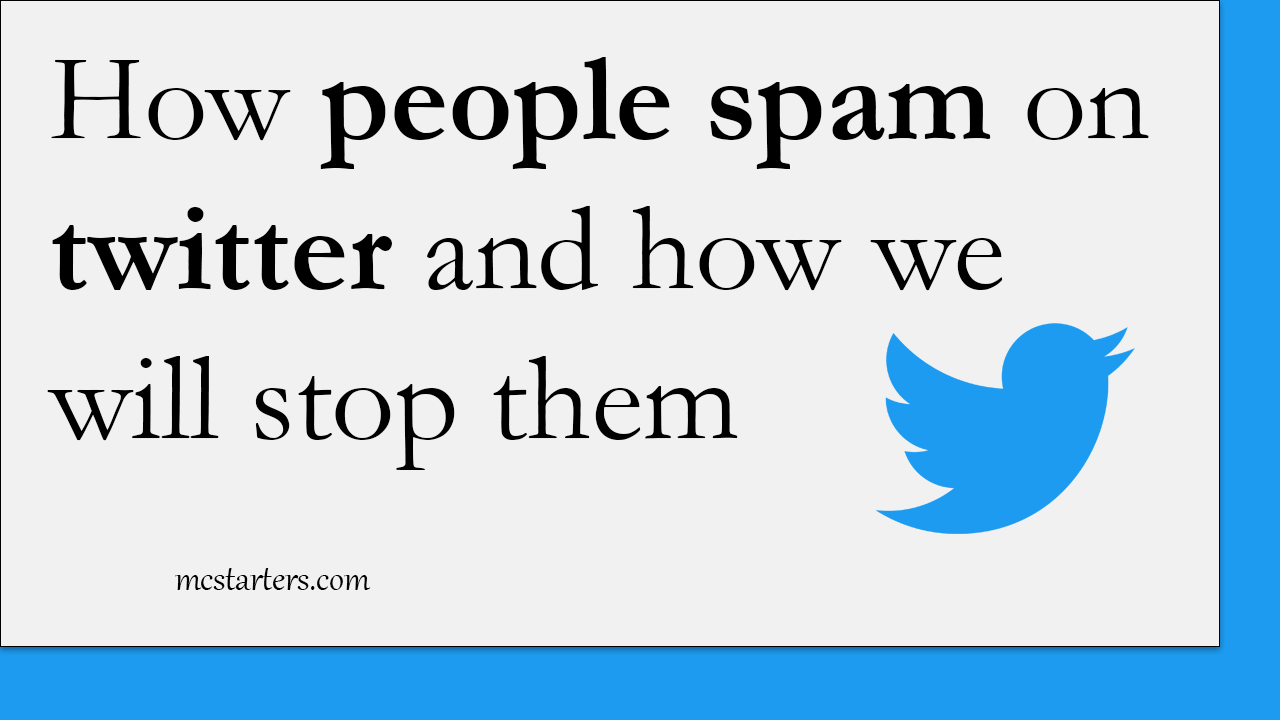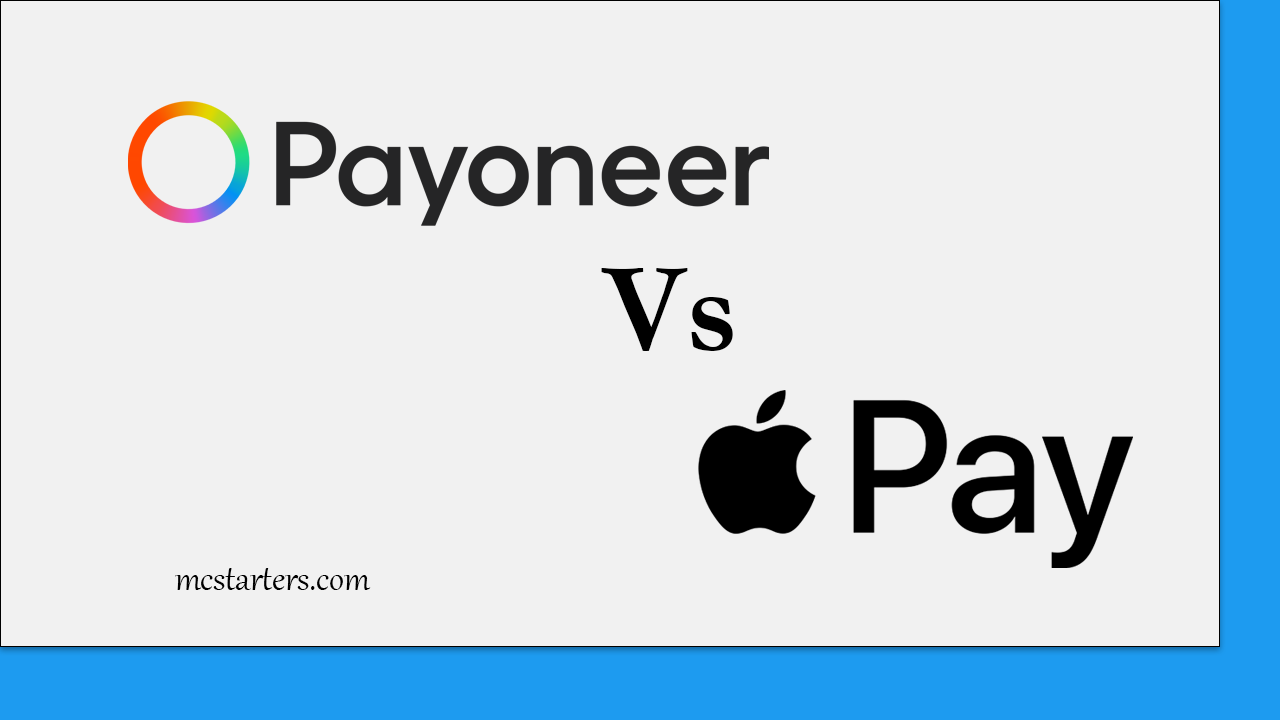How people spam on twitter and how we will stop them.

Spam refers to unsolicited or unwanted messages that are typically sent in bulk to a large number of recipients, often for the purpose of advertising or promoting a product, service, or website. These messages can be sent via email, text message, social media, or other communication channels. Spam can also refer to unwanted comments or messages on social media platforms or online forums. In general, spam is considered a nuisance and can be harmful if it contains malicious links or attachments. Many email and messaging services have filters in place to automatically detect and block spam messages.
What is twitter blue tick and How to get the blue check?
What is the spam on twitter
Spam on Twitter refers to any behavior or activity that is designed to manipulate the platform or its users for commercial or malicious purposes. Examples of spam on Twitter include:
- Posting duplicate or substantially similar content repeatedly
- Using automated tools to send out large numbers of tweets or direct messages
- Engaging in aggressive or deceptive following behavior, such as following large numbers of users in a short period of time or creating fake accounts to follow and interact with others
- Sending unsolicited replies or mentions to other users, often for the purpose of promoting a product or service
- Buying followers or engagement to artificially inflate a user’s popularity or influence on the platform.
Twitter has strict policies against spamming, and violations of these policies can result in account suspension or termination. Twitter also uses automated systems to detect and remove spammy content from the platform in order to protect the user experience and ensure the integrity of the platform.
How people spam on twitter
There are several ways that people can spam on Twitter. Here are some common methods:
- Posting duplicate or substantially similar content: This involves repeatedly posting the same or similar messages, links, or images on Twitter. This can annoy followers and clutter their feed.
- Using automated tools: Some users use automated tools to send out large numbers of tweets or direct messages. This can result in a flood of unwanted messages for other users.
- Engaging in aggressive or deceptive following behavior: This involves following large numbers of users in a short period of time or following users solely for the purpose of getting a follow back. It can also involve creating fake accounts to follow and interact with others.
- Sending unsolicited replies or mentions: This involves sending unwanted replies or mentions to other users, often with the intention of promoting a product or service.
- Buying followers: Some users buy followers to artificially inflate their follower count. These followers are often fake accounts or bots, which offer no real value to the user.
It’s important to note that all of these practices are considered spam on Twitter and can result in account suspension or termination.
Can we spam on Twitter?
No, we should not spam on Twitter. Twitter’s policies prohibit spamming, which is defined as posting duplicate or substantially similar content, engaging in aggressive or deceptive following behavior, and sending unsolicited replies or mentions. Spamming can lead to account suspension or termination, as well as damage to your reputation and credibility on the platform. It is important to engage in authentic and meaningful interactions on Twitter to build a strong and engaged community.
How to stop twitter spamming
There are several ways to stop spamming on Twitter:
- Report spam accounts: If you come across a spam account or receive spam messages, you can report the account to Twitter by clicking on the “More” icon on their profile and selecting “Report.”
- Use spam filters: Twitter offers spam filters that can automatically detect and filter out spammy messages or accounts. You can access these filters in your Twitter settings under the “Notifications” section.
- Avoid engaging with spam accounts: If you engage with spam accounts by following, retweeting, or liking their content, it can signal to Twitter’s algorithms that their content is legitimate. Therefore, it’s best to avoid engaging with these accounts.
- Use third-party tools: There are several third-party tools available that can help identify and block spam accounts on Twitter.
- Be cautious of suspicious links: If you receive a direct message or mention containing a suspicious link, avoid clicking on it as it may be a phishing attempt or a link to malware.
It’s important to stay vigilant and take action to prevent spamming on Twitter. By following these tips, you can help protect your account and the integrity of the platform.




